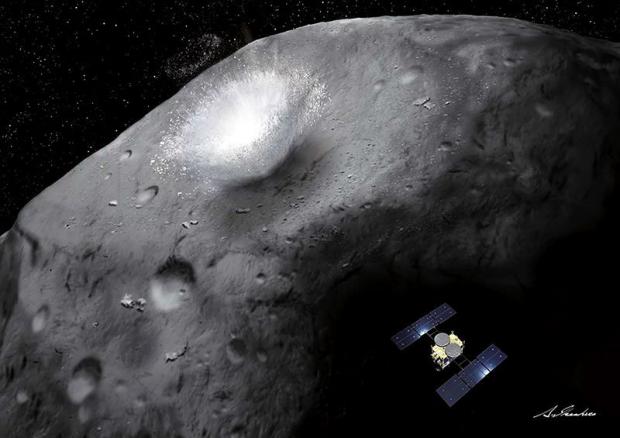
Breaking News
 Windows 10 is DEAD in 2025? -- Here's How I Run It SAFELY Forever (No Updates)
Windows 10 is DEAD in 2025? -- Here's How I Run It SAFELY Forever (No Updates)
 GENIUS ACT TRIGGERED: The Biggest BANK RUN in History is COMING – Prepare NOW
GENIUS ACT TRIGGERED: The Biggest BANK RUN in History is COMING – Prepare NOW
 European Billionaires Funneled $2 Billion into NGO Network to Fund Anti-Trump Protest Machine
European Billionaires Funneled $2 Billion into NGO Network to Fund Anti-Trump Protest Machine
 Japan Confirms Over 600,000 Citizens Killed by COVID mRNA 'Vaccines'
Japan Confirms Over 600,000 Citizens Killed by COVID mRNA 'Vaccines'
Top Tech News
 Japan just injected artificial blood into a human. No blood type needed. No refrigeration.
Japan just injected artificial blood into a human. No blood type needed. No refrigeration.
 The 6 Best LLM Tools To Run Models Locally
The 6 Best LLM Tools To Run Models Locally
 Testing My First Sodium-Ion Solar Battery
Testing My First Sodium-Ion Solar Battery
 A man once paralyzed from the waist down now stands on his own, not with machines or wires,...
A man once paralyzed from the waist down now stands on his own, not with machines or wires,...
 Review: Thumb-sized thermal camera turns your phone into a smart tool
Review: Thumb-sized thermal camera turns your phone into a smart tool
 Army To Bring Nuclear Microreactors To Its Bases By 2028
Army To Bring Nuclear Microreactors To Its Bases By 2028
 Nissan Says It's On Track For Solid-State Batteries That Double EV Range By 2028
Nissan Says It's On Track For Solid-State Batteries That Double EV Range By 2028
 Carbon based computers that run on iron
Carbon based computers that run on iron
 Russia flies strategic cruise missile propelled by a nuclear engine
Russia flies strategic cruise missile propelled by a nuclear engine
 100% Free AC & Heat from SOLAR! Airspool Mini Split AC from Santan Solar | Unboxing & Install
100% Free AC & Heat from SOLAR! Airspool Mini Split AC from Santan Solar | Unboxing & Install
Japanese Sample Return Spacecraft Reaches Target Asteroid

Japan's Hayabusa-2 spacecraft has been traveling through space for almost four years, and it has finally reached its destination. The spacecraft has traveled all this way to a small asteroid, named Ryugu, for a singular purpose: to collect a piece of it and bring it back to Earth.
Hayabusa-2 is the successor to Japan's original Hayabusa spacecraft, which visited the asteroid Itokawa in 2005. The original Hayabusa snatched a sample from Itokawa and brought it back for scientists to study. This was the first successful asteroid sample-return mission, and scientists learned so much from it that they decided to launch a second spacecraft to collect more asteroid material.
This time around, Hayabusa-2 is focused on a slightly different type of asteroid. The original Hayabusa visited an S-type asteroid, a lighter variety made mostly of silicon. Hayabusa-2, however, is visiting a C-type asteroid, which are far more common than S-types and are typically made of older material. Studying a C-type asteroid can tell us more about the rocky bodies in our solar system and what the system looked like when it was young.



